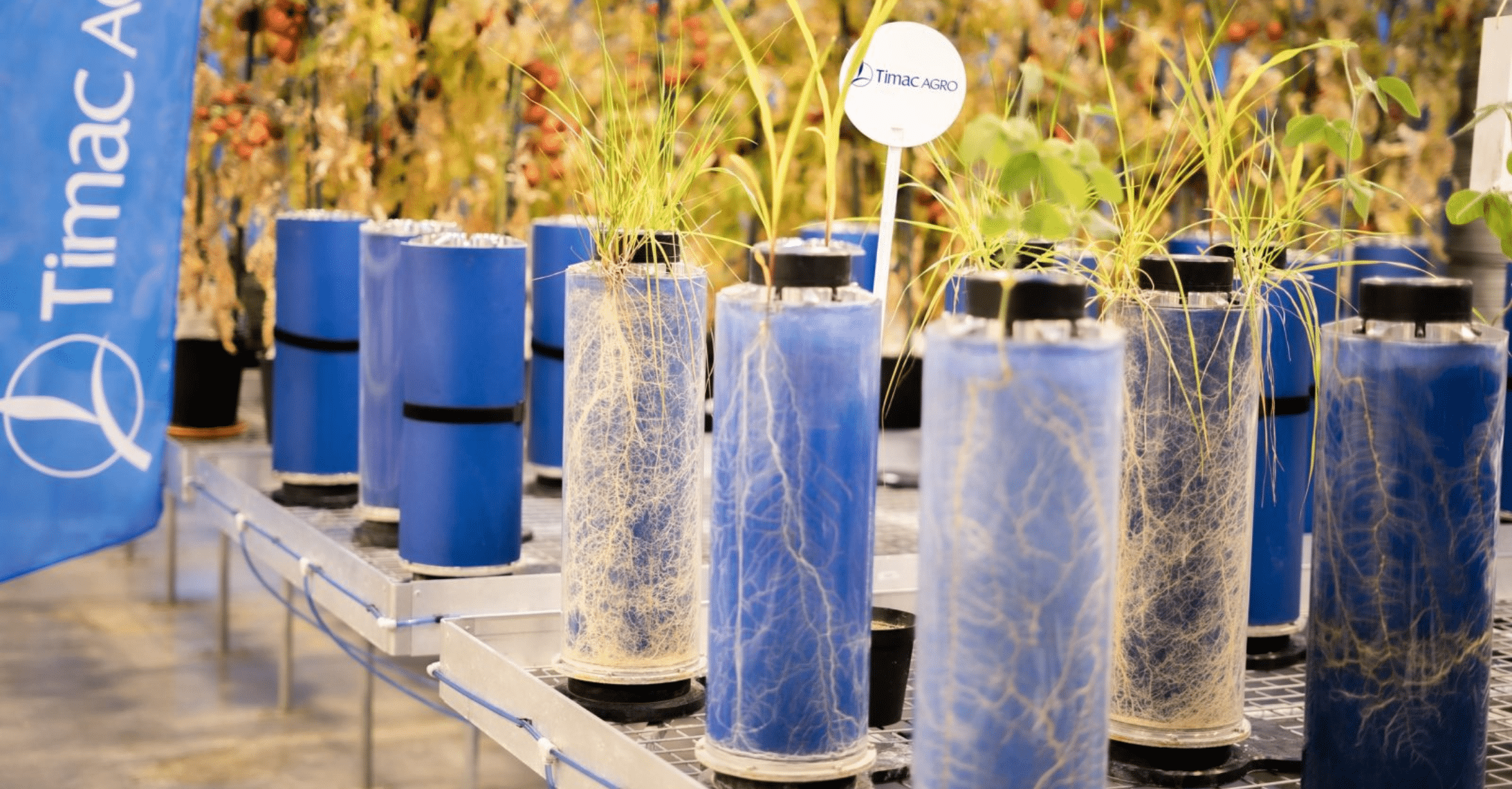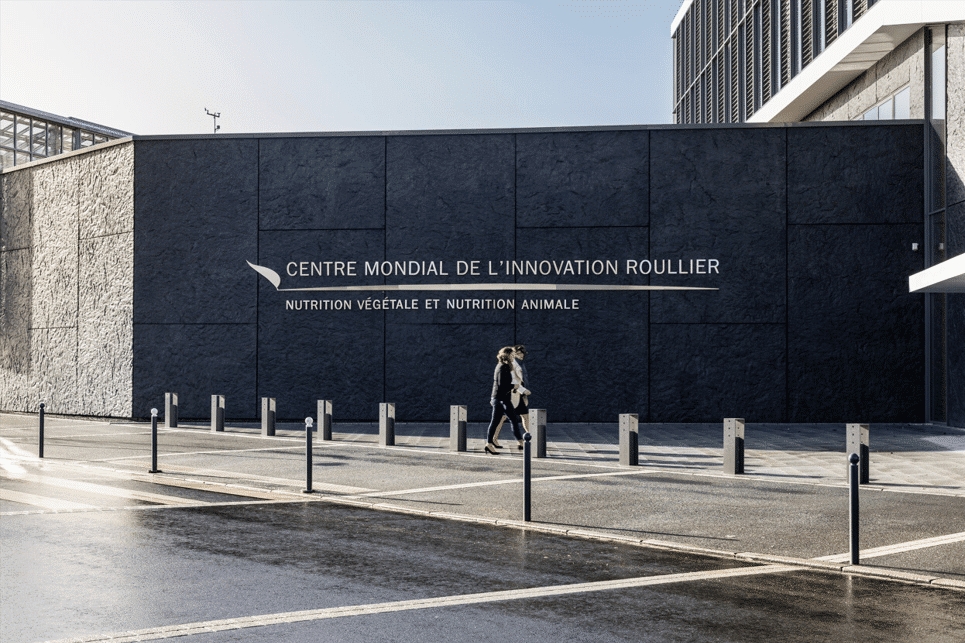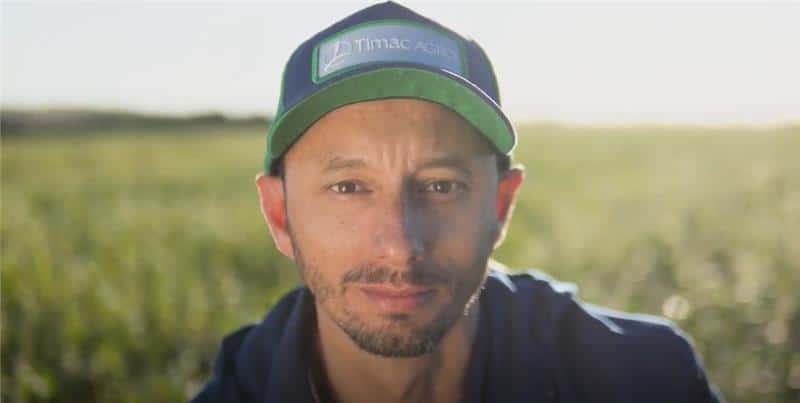From left to right: Pierre Roy, Deputy Director “European and public funding for collaborative research between academia and industry”, attached to the Department of Corporate Relations – CNRS, Jocelyne Brendlé, Vice-President of Partnerships, DDRS and Student Entrepreneurship – UHA and Thomas Georgelin, General Manager of the Centre Mondial de l’Innovation Roullier – TIMAC AGRO
The Carnot Institute MICA has announced the creation of a new joint laboratory focusing on the agriculture of the future between the CNRS, the University of Haute-Alsace (UHA) and the world leader in plant nutrition innovation, TIMAC AGRO.
Called “MATIAIRE”, this research partnership – the first in collaboration with the CNRS in the field of agriculture – should enable the pooling of unique expertise to develop innovative materials that will enable tomorrow’s agriculture to be increasingly efficient and sustainable. These materials will aim to transport active ingredients for plant and livestock nutrition.

MATIAIRE stands for Materials Innovative for an Environmentally Friendly Agriculture
Innovative materials to revolutionize tomorrow’s agriculture
In the context of a fast-changing agriculture: changing raw material prices, more frequent climatic variations, changes in production methods, etc., the joint laboratory will further accelerate the development of high value-added solutions in the field of plant nutrition. This more efficient use of fertilizers, already initiated 60 years ago by TIMAC AGRO, is intended to meet one objective: that farmers do not have to choose between yield, quality and respect of the environment.
The developments made in plant nutrition will be used for research work on animal nutrition in order to improve nutritional efficiency, health and animal welfare.
With this objective in mind, TIMAC AGRO, the CNRS and the UHA (two academic partners, supervisors of the Mulhouse Institute of Materials Science), have decided to join forces to develop new eco-designed materials to improve plant nutrition. For 4 years, this joint laboratory, made up of more than 15 people with multidisciplinary skills (agronomy, chemistry, physics, biology, etc.), will work in particular on the development of new nutrients to support the growth and development of plants while protecting the environment.
Thomas GEORGELIN, General Director of the Centre Mondial de l’Innovation Roullier – TIMAC AGRO: “As a pioneer in the field of technological fertilizers for more than 60 years, TIMAC AGRO has built up a network of high-level scientific partners enabling it to develop products with high added value for farmers. Our collaboration with IS2M for more than 7 years has already resulted in very concrete publications and patents on which to base our future work. Thus, we are particularly enthusiastic about this new step, which will allow us to concretize innovation work aiming at going even further in the development of our technologies. This joint laboratory, the first in collaboration with the CNRS in the field of agriculture, will enable us to offer farmers original and increasingly innovative solutions to their challenges throughout the world.”
Jean-Luc MOULLET, Deputy Director General for Innovation at CNRS: “Convinced of the benefits of using a flexible and sustainable form of research collaboration between public and private players, CNRS is delighted to have signed the first joint laboratory with TIMAC AGRO. The creation of this joint laboratory is the culmination of a relationship of trust established with TIMAC AGRO in 2016, which has already led to some 15 research collaborations addressing the challenges of tomorrow’s agriculture. This new joint laboratory also illustrates the dynamism of CNRS research collaborations in the agricultural sector.”
Pierre-Alain MULLER, President of the University of Haute-Alsace, represented by Jocelyne BRENDLÉ, Vice-President of Partnerships, DDRS and Student Entrepreneurship – UHA “By crossing the expertise of the collaborators working at TIMAC AGRO and IS2M and by pooling the financial, human and technical means of our respective structures, we will be able to accelerate research and offer a differentiating approach to farmers. In this way, we intend to actively participate in the changes that will take place in food and agricultural production in the short, medium and long term.”
A collective adventure to combine public and private expertise
Supported by the Carnot Institute MICA, whose mission is to professionalize public research, this joint laboratory is the result of a solid collaboration between a public research laboratory, IS2M (under the dual supervision of CNRS-UHA) and a private player, the company TIMAC AGRO.
Lionel LIMOUSY, Director of the Carnot Institute MICA: “We are very pleased to formalize our partnership of over 7 years with TIMAC AGRO, a major industrial player in the agricultural sector, through the creation of a joint laboratory. At the initiative of the first exchanges between TIMAC AGRO and IS2M, the Carnot Institute MICA has played a major role in setting up this project. After identifying TIMAC AGRO’s needs, we were able to propose an appropriate strategy to enable them to make the most efficient R&D investments possible. We accompanied them throughout the project, from the preparation of contracts to the search for the best experts and the implementation of tools. Over the next four years, we will monitor the various processes until the deliverables are delivered.”
The joint laboratory is co-constructed and will be co-directed by the project leaders. The human (transfer of multidisciplinary skills), material (premises, equipment) and budgetary (investments) commitments will be shared by the different entities. The researchers are also invited to cross-train, exchanging their work methodologies and the difficulties encountered when implementing the processes on an industrial scale. In addition, extension workshops for farmers will also be organized on a regular basis.



